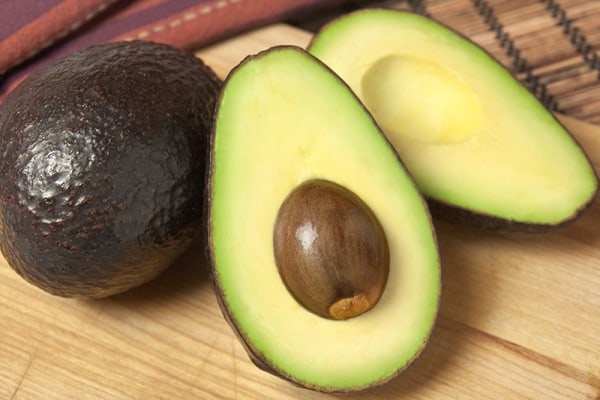It seems like a simple plan in the beginning. An individual desires to lose weight, understands the basic concept of calories in/calories out as the key to weight loss and therefore decides to dramatically cut calories to promote weight loss. It seems like a great plan…until that individual also begins to cut nutrients–a lot of nutrients, depending on the type of low-calorie foods chosen.
The connection between low calories and low nutrition can be attributed to package labeling. Knowing that the low-calorie customer is out there, manufacturers are sure to label their low calorie or “light” foods as such so that a consumer can quickly spot and purchase them. Remember the individual with the simple goal of cutting calories for weight loss? As far as she is concerned, these foods have her back. She is unlikely to turn the package over to read what else the product offers…or doesn’t.
Customers would be surprised if they looked further into the nutrient content of low-calorie foods. In most cases, the “light” bread they choose is not only light on calories, but also fiber, protein and other vitamins and minerals. In most cases, these breads are “wheat” but not “whole wheat,” which means they are not whole grain either. Turn to “light” soup. Yes, maybe it has only 100 calories per serving, but they generally also offer half (if not more) of your daily intake of sodium in just one can. Then there are those light snacks or “100 Calorie Pack” options. One hundred calories of what? If you are choosing the snack to hold you over between meals then, you are not likely to be successful since these snacks lack the fat and protein necessary to leave you satiated. In my opinion, they are more likely to add 100 calories to your day.

I blame a significant part of this problem on the labeling…not the consumer. Consumers tend to look for that “low calorie” or “light” label rather than thinking about foods that are naturally low in calories and good for them. Take fruit and vegetables for example. Of course, these naturally low in calorie, highly nutritious foods aren’t labeled, which is too bad, since a cup of very filling vegetables is only 25 calories and an equally filling, high fiber fruit is only 60 calories. If one hundred calories is your goal, then there are also highly satiating options like 4 tablespoons of avocado or 2 tablespoons of nuts (or 12 almonds/20 peanuts)…both of which add up to a little less than 100 calories. These options are not only more nutritious for you, but they actually leave you feeling fuller for longer, which is the true key to eating fewer daily calories.
No conversation about ensuring that your food choices at the supermarket are nutritious would be complete without reminding you that Guiding Stars is there to “see through” the labels on the front of the package. Regardless of what the manufacturer wants you to believe, the Guiding Stars rating can be trusted to let you know if a food is truly high in vitamins, minerals, fiber and whole grains. You can shop with Guiding Stars or use it to evaluate your foods from anywhere by simply downloading the Shopper Pro- Grocery Lists and Recipes App from iTunes.